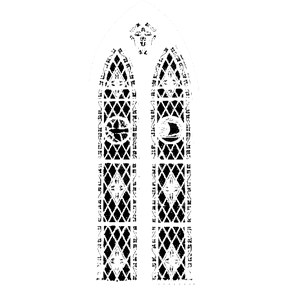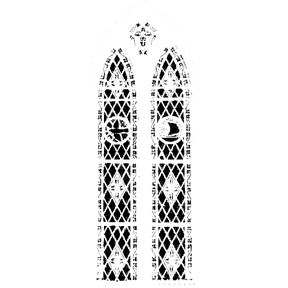Ezekiel 37: 1-14 (New Jerusalem Bible)
John 11: 17-46 (Common English Bible)
There is probably no other scene in the gospels where Jesus shows so much emotion than in this reading from John’s gospel outside the tomb of Lazarus. As the story moves on from here, Jesus’ interaction with his disciples increases with more relationship and affection.
By a cruel irony according to this gospel, this was the spark why Jesus was executed because he brought Lazarus back to life. This is why the religious hierarchy in Jerusalem wanted Jesus dead with the Roman Empire as his executioner. By contrast, the other three gospels suggest it was Jesus’ purging of the money-changers in the Temple that led to his execution along with the Roman charge of sedition.
After the raising of Lazarus, the Sanhedrin gathered when the High Priest Caiaphas made his infamous statement, “Better for one man should die for the people than a whole nation perish.” But in reality, Caiaphas could have cared less for the masses. He was only worried about the cozy relationship the religious hierarchy had with the Roman Empire. Caiaphas and his fellow priests coexisted very well Rome. They wanted it to continue that way.
Although Caiaphas and most of the rest of the Sanhedrin didn’t realize it, they were in a tomb themselves, just like Lazarus, before Jesus raised him. They were decaying bodies because of their prejudices, arrogance, narrow theology and stagnant ideas. Unfortunately, there are many churches in the same type of tomb, no matter how many bodies are inside it. They are like Lazurus before Jesus brought him outside the tomb, wrapped and bound with the bandages of the past with old ideas that perpetuate a spiritual death for the future.
It’s important to remember that Lazarus was resuscitated by Jesus and not resurrected. There is a difference. Lazarus later died as a normal human being. Jesus was resurrected to exist forever and so will all of us. Jesus had brought people back to life before. The story of Jairus’ daughter is one and the Widow’s son at Nain. But one thing separates those two from Lazarus. They had been only dead for a very short time and Lazarus had been dead for four days. Decomposition had begun in his dead body.
During this season of Lent we can learn a lesson about turning death into life, just as we see trees and especially the Dogwoods blooming. The reading from Ezekial like the reading from John is another example. The Prophet Ezekiel had his vision during one of the darkest times of the Jewish people in exile at Babylon. From 597 BC to 538 BC more than a generation had passed since the Babylonian army had destroyed Jerusalem, the Temple of Solomon and the Jewish monarchy. The Jewish exiles in Babylon found themselves in an existential crisis. They had given up hope. The pillars with their relationship with God were gone. Their traditional theology, based on God’s covenant with Moses and King David longer existed. Jerusalem was no longer the home for God and God’s people. How could God allow such a calamity to happen?
Ezekiel realizes an answer to their question. Their disobedience, greed and arrogance led to their tragic dilemma. The dry bones that Ezekiel saw in his vision was a symbol of the Jewish people in exile. In the Jewish religion human remains were ritually impure. This symbolized the estrangement of the Jewish people from their own faith. God wanted Ezekiel to preach, but this time to human bones in his vision. And it worked! The bones came together and became human flesh. This vision meant the Jewish exiles in Babylon who had given up, would be revived by the spirit of God.
As American Christians we are not persecuted as the Jewish people were. But we must be careful that we don’t see ourselves in the role of exiles, especially when Christians may need to look at themselves as the oppressor who contributes to the others’ exile. Ezekiel’s vivid vision of transformation provides hope in the middle of a painful calamity whether it was the Jewish exile in Babylon or the difficult events of today.
When life is restricted, when hope is stifled often there appears no time to come up with answers. When we find ourselves in Mary and Martha’s house of grief or down among the bones in death’s valley, we must look past the terrible and beseech God to intervene. The God who acted powerfully in the stories of Ezekiel and Lazarus and above all the story of Jesus is able to intervene in our stories as well.
Lent has been a time of repentance and looking to the cross of Christ while experiencing life as a deep valley that seems hopeless sometimes. But the good news is that dry bones do not have the last word.
AMEN


